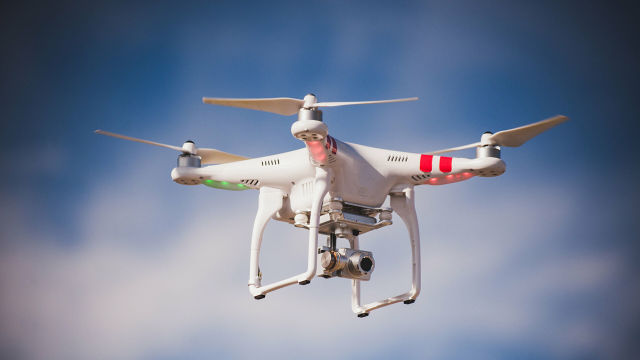The development is designed for round-the-clock detection of small-sized targets such as UAVs
MOSCOW, April 7. /TASS/. The Chameleon anti-drone television system, which can detect drones flying in radio silence mode, was presented at the thematic exhibition "Innovation Day of the Russian Defense Ministry" in the Era technopolis. This was reported to journalists on Wednesday in the Russian Defense Ministry.
"The television complex for combating UAVs "Chameleon" is designed for round-the-clock detection of small-sized UAV-type targets, including those flying in radio silence mode, " the military department said.
The ministry said that the "Chameleon" can be installed both on armored vehicles and on stationary objects. "The complex provides automatic tracking of the target in several spectral ranges with simultaneous delivery of target designation to the means of influence. As a result of recognition, the complex determines the type, model of the target, performs preliminary selection of targets based on external characteristics," the military department reported.
According to the Ministry of Defense, the maximum range of the complex is from 3.5 thousand meters to 9 thousand meters. m at any time of the day, depending on the type of target. Weight - about 45 kg. The complex is a development of the Moscow Research Television Institute.
The exhibition "Innovation Day of the Russian Defense Ministry" opened on Wednesday. The exhibition presents more than 200 promising developments.
Scientific and Technical Conference
As told in the military department, within the framework of the exhibition, a scientific and technical conference "Innovative technologies in the service of the Fatherland"is being held. Within two days, young scientists and operators of scientific companies will make presentations on advanced weapons systems, as well as talk about new technologies in the creation of the latest military and special equipment. According to the organizers, the reports include topics related to the use of 5G networks in the development of the telecommunications network of the Russian Armed Forces, the creation of mobile laser weapons, research on the radar visibility of aircraft by mathematical modeling, and others.
"It is expected that following the results of the event, priority innovative technologies will be identified for use in the research activities of the technopolis units," the military department added.

